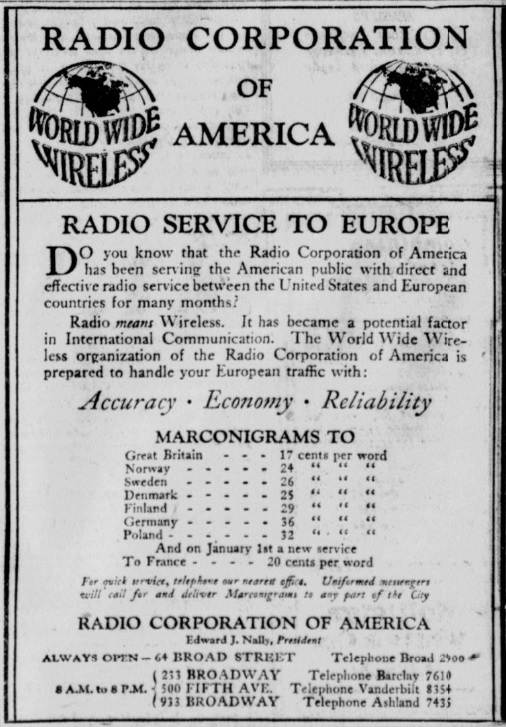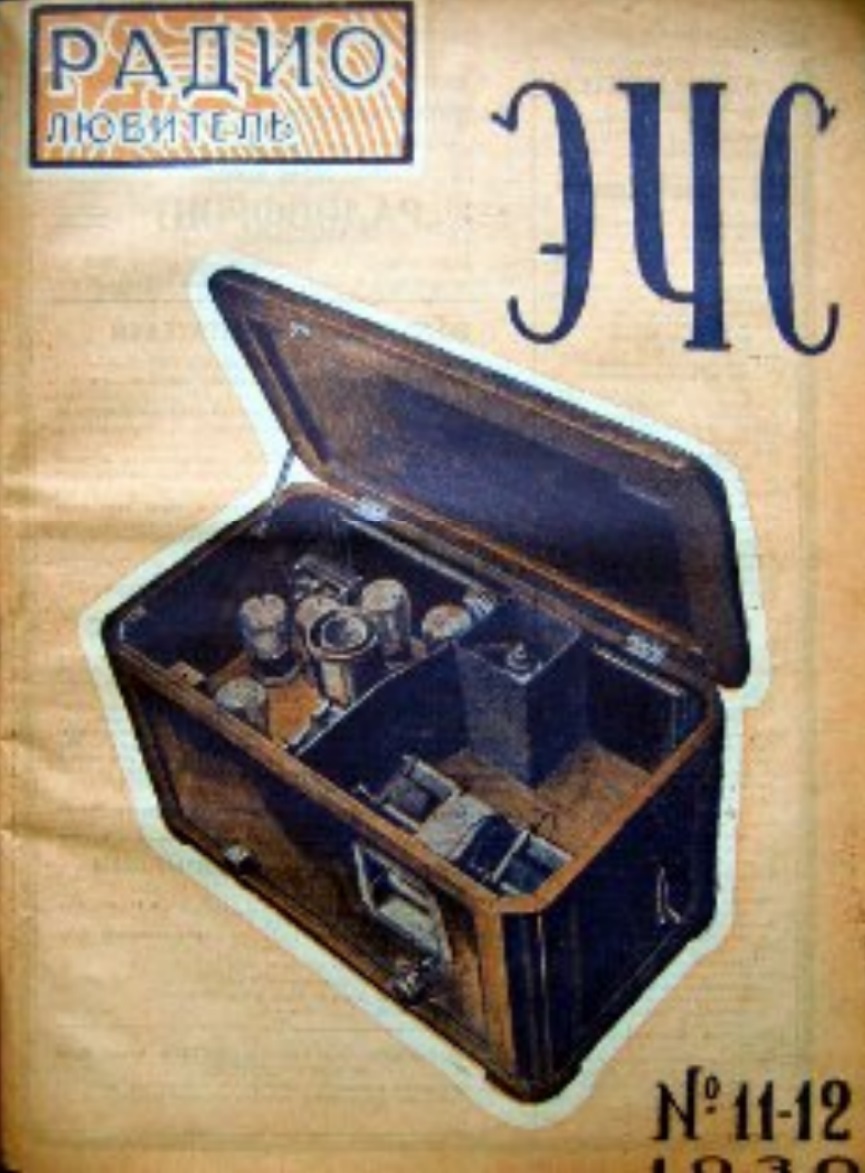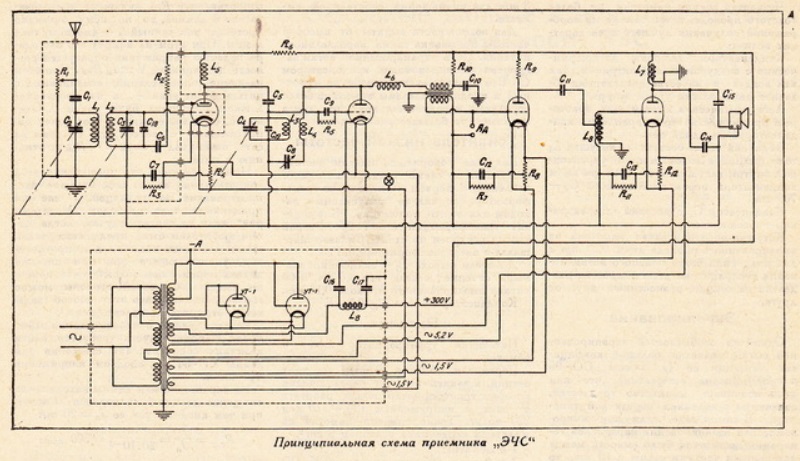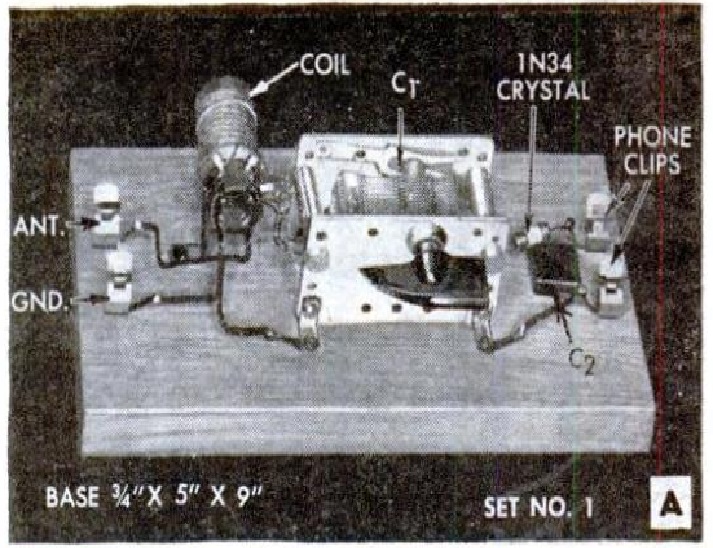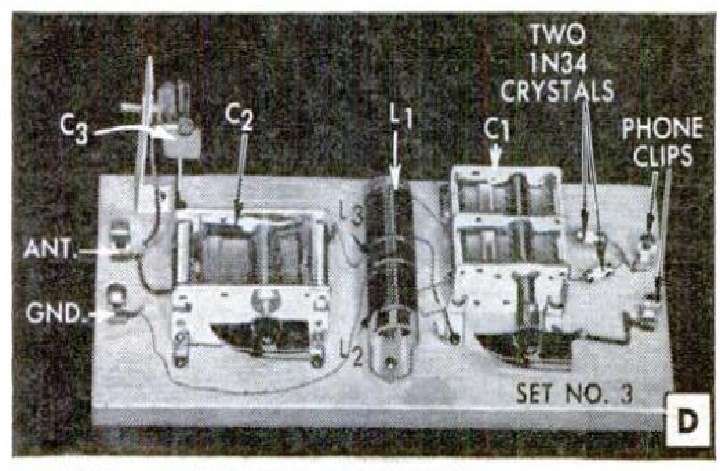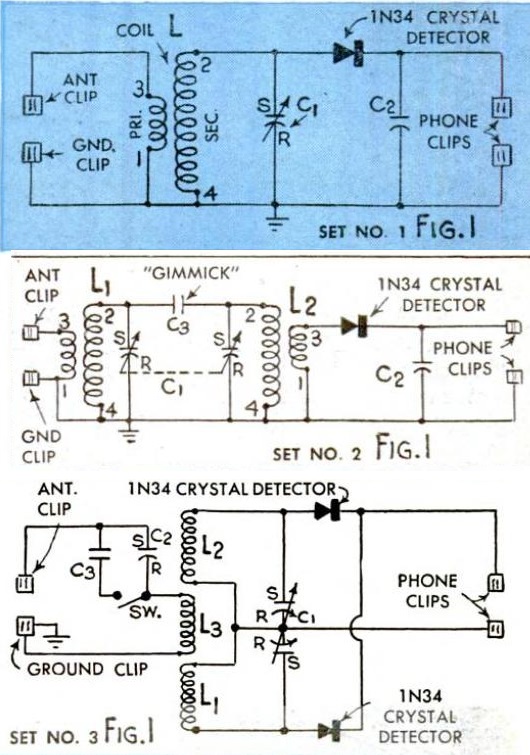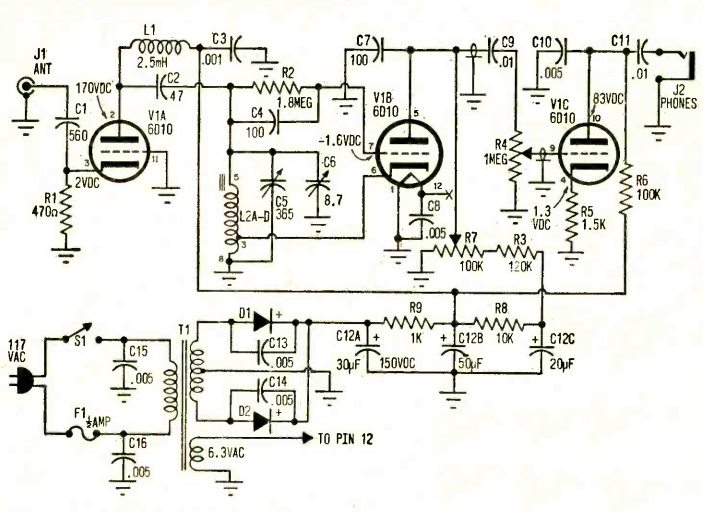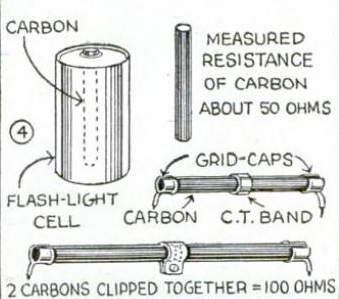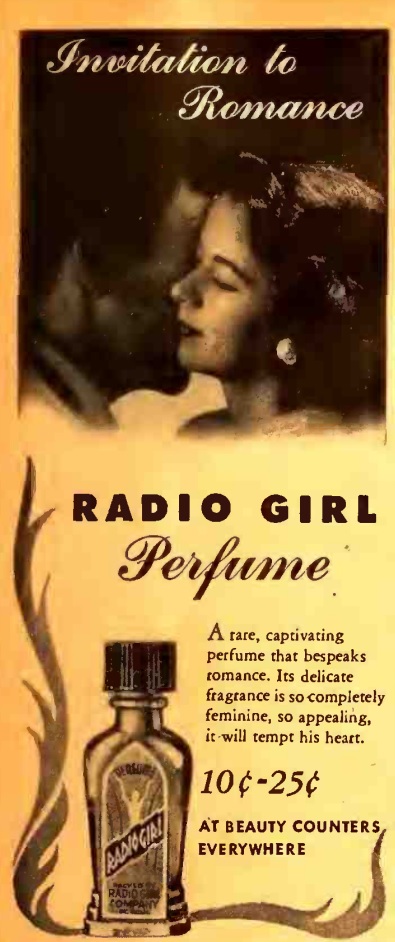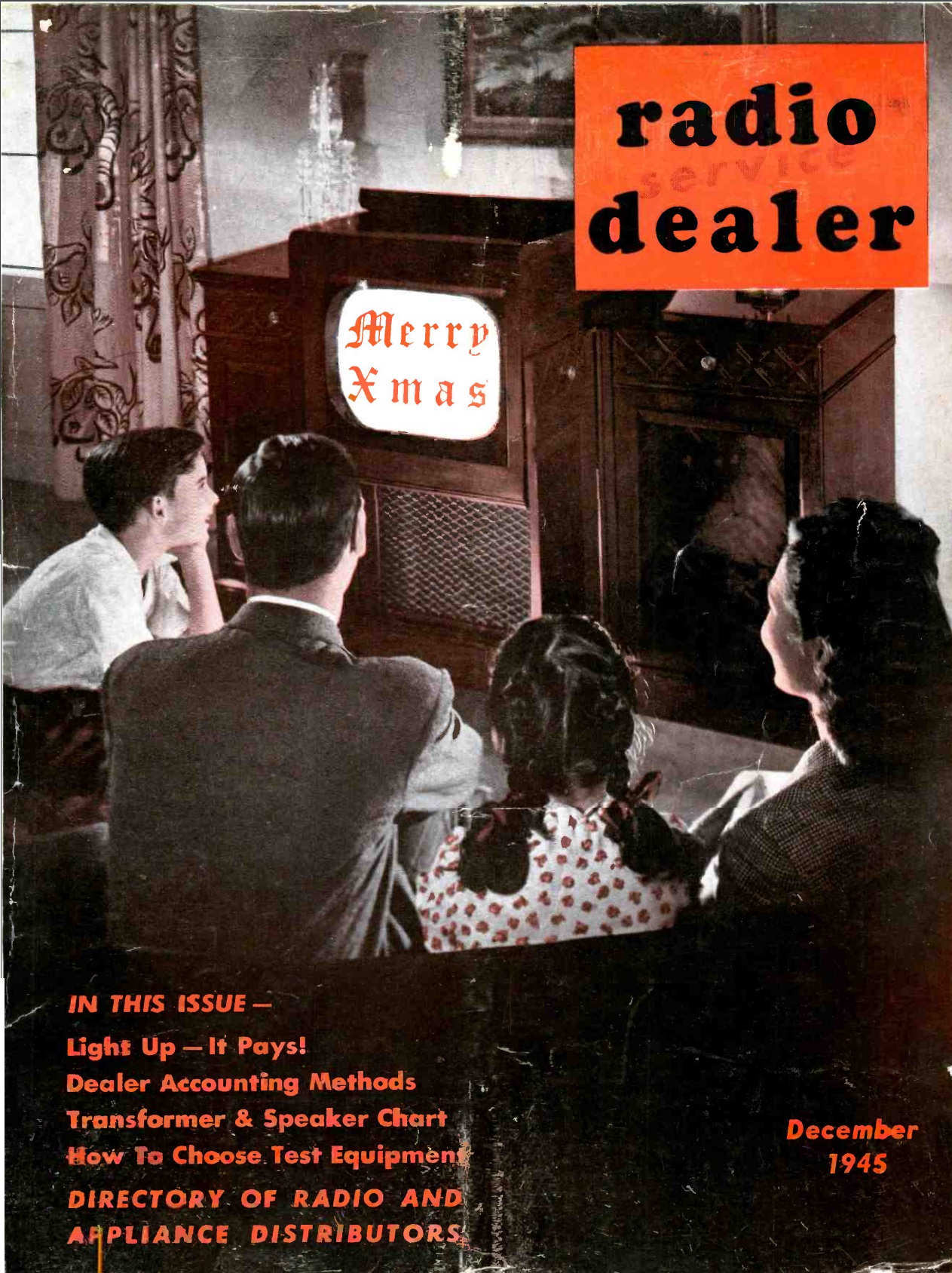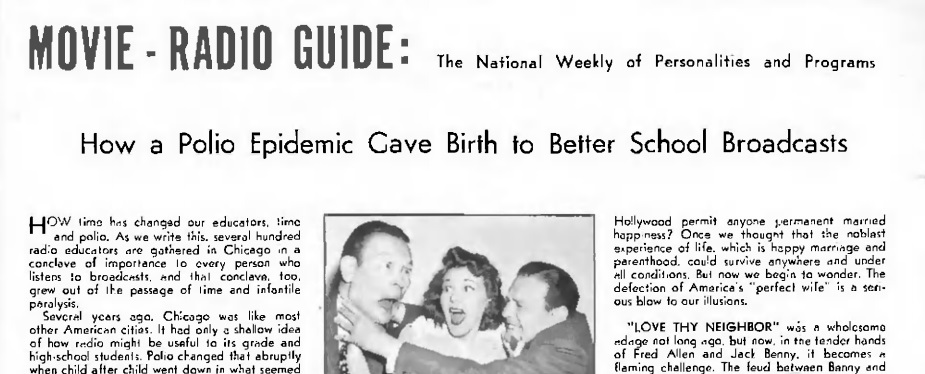 Distance learning due to public health emergency is nothing new, as shown by this item in Radio Guide 80 years ago today, December 14, 1940:
Distance learning due to public health emergency is nothing new, as shown by this item in Radio Guide 80 years ago today, December 14, 1940:
How time has changed our educators, time and polio. As we write this, several hundred radio educators are gathered in Chicago in a conclave of importance to every person who listens to broadcasts, and that conclave, too, grew out of the passage of time and infantile paralysis.
Several years ego. Chicago was like most other American cities. It had only a shallow idea of how radio might be useful to its grade and high-school students. Polio changed that abruptly when child after child went down in what seemed to threaten to become on epidemic. Schools could not convene, yet it was the start of a new school year. In Chicago a man named Harold Kent, who had been a school principal, surveyed the situation and decided that children could go to school, but that they would have to attend by radio.
Network stations and local stations. schoolteachers, parents and students all cooperated to set up what was probably the first radio classroom of such magnitude. Problems presented full understanding. Chicago newspapers and Movie-Radio Guide published those pictures. Parents took them home to sons and daughters, who then tuned in to synchronized broadcasts. Thus, teaching continued even though students and teachers were many miles apart. When the polio scare was over, school took up where the radio left off and not a pupil was behind in his work.
From the lessons learned in that “education-under-fire” experience, Harold Kent drew important conclusions. One of them was that educators did not know enough about teaching-by-air. So he established an annual conference. This year is the fourth during which teachers have come from all over America to tell what they are doing and to leorn what others are doing.
So teaching-by-air progresses. Educators are aware now that knowledge for the classroom is not knowledge for the sitting-room. Musty lectures are out. Showmanship is in. Now pupils
can listen and learn joyously.
Such meetings as the Fourth School Broadcast Conference now being held in Chicago are stepping stones to better and more effective broadcasting. From ideas discussed there today
will come tomorrow’s “Town Hall” and “I Am an American” and ‘School of the Air” broadcasts
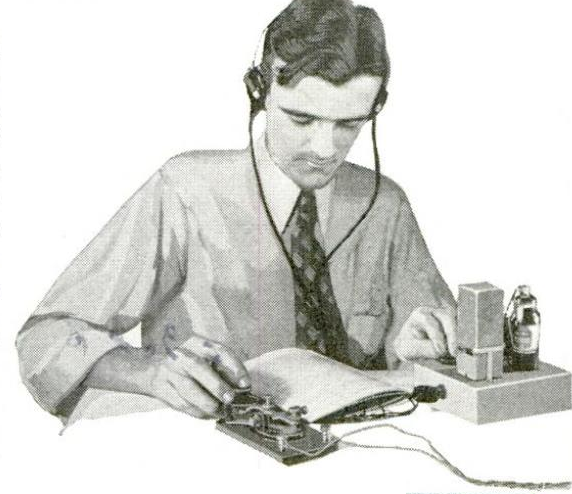 Eighty-five years ago this month, this gentleman was practicing his Morse code with this one-tube code practice oscillator as described in the December 1935 issue of Popular Mechanics.
Eighty-five years ago this month, this gentleman was practicing his Morse code with this one-tube code practice oscillator as described in the December 1935 issue of Popular Mechanics.



